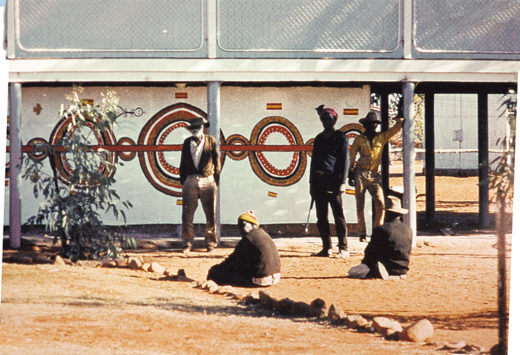More Phemes
A reading of Hurufism, a Sufi movement based on the science and mysticism of letters, the authors consider a range of affective, performative becomings in this unlikely Persian and Anatolian movement. Hurufism sees multiples of 14 and 28 (from the Perso-Arabic alphabet) in the corresponding hairs of the human face. Accordingly, Slavs and Tatars consider the implications for gender variation and fluidity in these otherwise overburdened graphemes.
ARTMargins, Volume 11, Issue 3, pp. 89-104.
doi:10.1162/artm_a_00328
https://direct.mit.edu/artm/article/11/3/89/114609/More-Phemes








